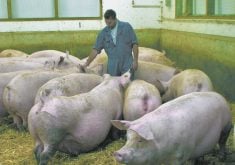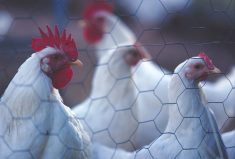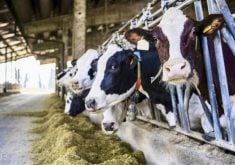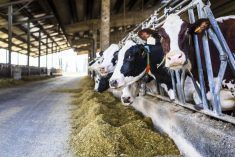The Canadian Dairy Network (CDN) board of directors is expected to decide soon whether or not to officially eliminate the publication of Direct Genomic Values (DGV) for bulls, cows and heifers.
Analysis of genotyped animals over several years reveals that the plus-minus range solely based on DGVs is wider than the range when selection is based on Genomic Parent Averages (GPAs).
Why it matters: Farmers and buyers may not be getting as accurate numbers are they hoped due to using DGVs and DGVs may not be allowed to be used in advertising.
Read Also
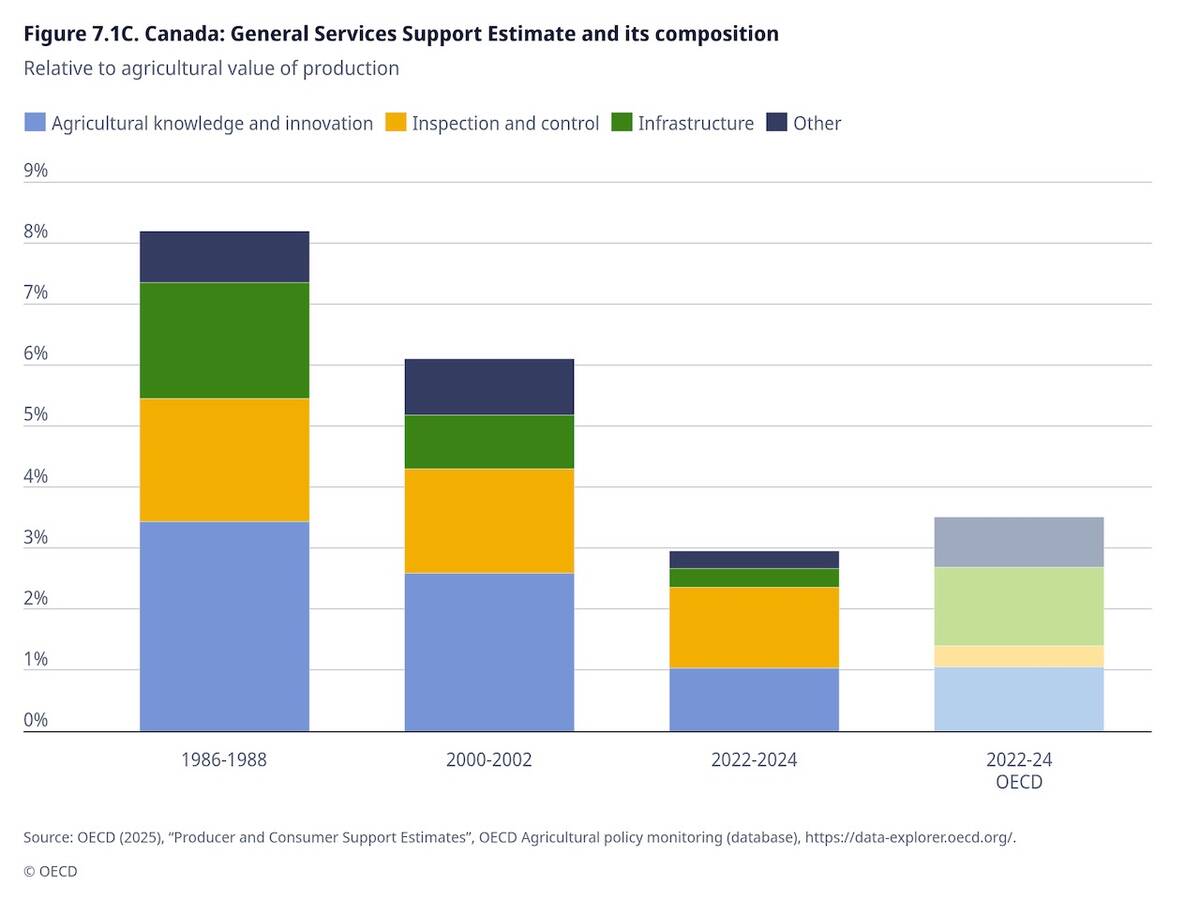
OECD lauds Canada’s low farm subsidies, criticizes supply management
The Organization for Economic Co-operation and Development lauded Canada’s low farm subsidies, criticized supply management in its global survey of farm support programs.
Pending approval of the recommendation at the CDN board’s next meeting, dairy cattle breeders in Canada will have to transition to using solely the GPA of those animals to guide their breeding decisions.
DGVs are derived from the animal’s DNA related to desirable dairy traits, but can change over an animal’s lifetime based on performance of the animal’s offspring or parents. A traditional Parent Average (PA) based on all pedigree and performance data also remains in use by many breeders. The more recently adopted GPA is an effort to combine both PA and DGV into a single value, which therefore optimizes the use of additional information drawn from genomic testing of the animal.
According to information provided by CDN General Manager Brian Van Doormaal and Industry Liaison Coordinator Lynsay Beavers, an analysis of outcomes for genotyped animals over several years reveals that the plus-minus range solely on DGVs is wider than the range when selection is based on GPA.
Van Doormaal says CDN is in the process of creating information articles “to help staff and others respond to questions they may receive on the topic,” and an industry-wide communication plan is ready for implementation following the upcoming CDN board meeting.
“The relatively wider range for DGV means that the most elite animals in the breed receive values that are too high relative to what their future evaluation will be with progeny and/or performance data,” states the information document.
“For example, the highest DGV today for (the) Conformation (trait) among genomic young sires… is +23 whereas the highest progeny proven sire for this trait currently is at +16. In comparison, the highest GPA conformation is intermediate at +20.”
With this long-term analysis included as scientific support, an initial recommendation to eliminate DGV publication was made by CDN’s advisory committee, the Genetic Evaluation Board (GEB), in April 2018.
Information from the CDN, though, describes a level of concern expressed in response to the recommendation.
“Some breeders feel strongly that having the DGV and the GPA together provides some added information,” Van Doormaal and Beavers wrote.
“To date, there has been no scientific evidence that supports this suggestion.” This conclusion remained unchanged after CDN and Holstein Canada joined forces to host discussions with key advocates in favour of maintaining DGV publication. Further analysis was also conducted by CDN earlier this year.
At a meeting in July, the CDN board of directors decided to alter the GEB recommendation so it gives more transition time for the industry. It’s now expected the board will discuss the topic at its December meeting in Guelph and if it implements the change, it will be no earlier than April 2019.
“It is clearly understood by all industry partners, especially CDN, breed associations and A.I. organizations, that a concerted and collaborative communication effort is required across the country to breeders, producers and industry personnel,” said the information document.
It appears very likely the recommendation will pass — not only due to its apparent scientific merit, but also due to what Van Doormaal and Beavers describe as a strong argument associated with publication ethics.
“The fact that CDN currently publishes two evaluations per trait for every genotyped animal in the breed… can be confusing,” the CDN officials write in the document. “This confusion stems mostly from how DGVs are sometimes the only value included in promotional materials, especially for genomic young bulls being marketed by A.I.”
The problem arises from a voluntary publishing code of ethics agreed to several years ago by numerous Canadian breed associations, A.I. organizations, and genetics marketers, in which “one of the agreed upon policies…stated that DGV could be included (but only) in conjunction with the associated official Canadian-based genetic evaluation.”
The document says CDN “routinely receives complaints from various sources when (this clause) is not respected” and DGV values are published alone. “From a CDN perspective, existing problems associated with such false advertising based on DGV alone would be eliminated when DGVs are no longer made publicly available.”




